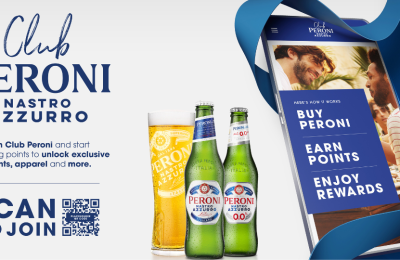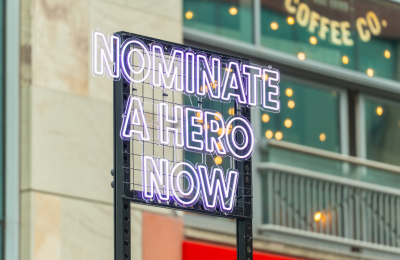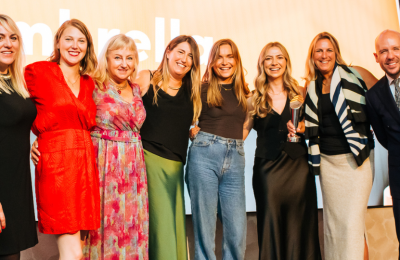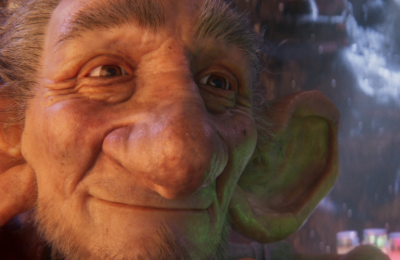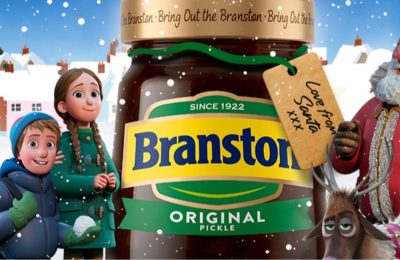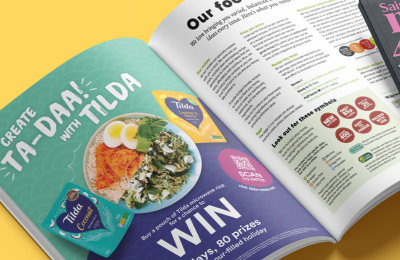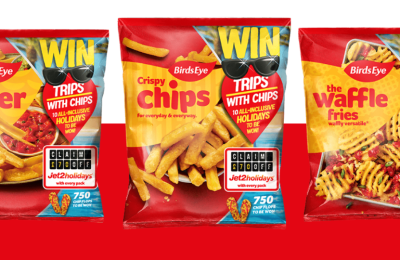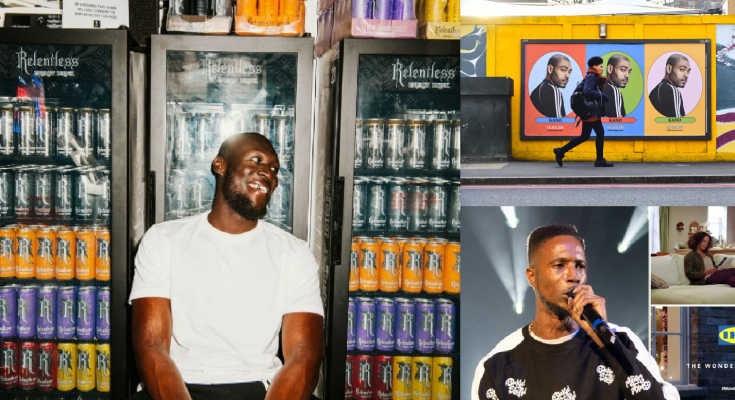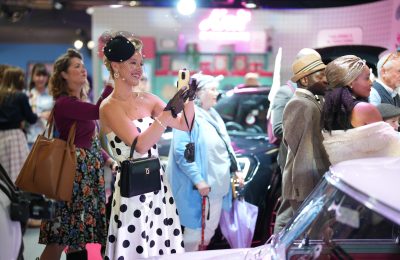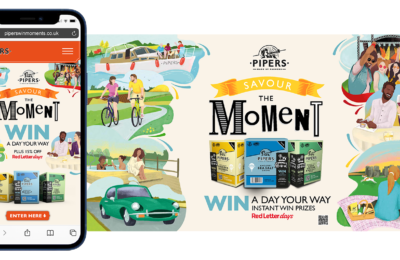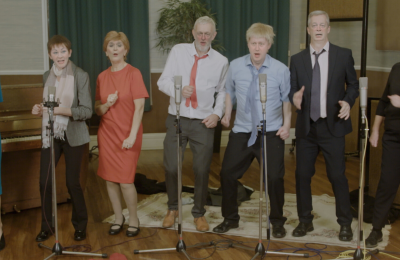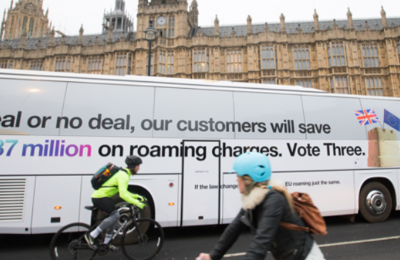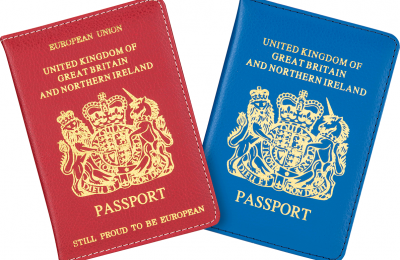Michael Mann, Co-Founder and Creative Director at Brand Culture, shares the dangers of capitalising on grime, and how labels, talent and brand owners can avoid this.
Staying with the theme of my recent post about keeping it real for Gen Z, grime is a music genre with authenticity at its heart. Born on the streets of East London, its popularity is booming, having broken into the mainstream through the likes of Dizzee Rascal, Dave, Stormzy and D Double E. But as it continues to grow, is there a danger of grime becoming over-sanitized by brands wishing to capitalise on its popularity, and how can labels, talent and brand owners help avoid this happening?
Dizzee Rascal was one of the first MCs to give grime music a spotlight in the mid-2000s. As grime became supplanted by pop and house in the 2010s, he was accused of ‘selling out’ by aligning himself with more commercial music collaborations (Jessie J, Robbie Williams) and brand partnerships (Mini). So how are the next generation of grime artists engaging in commercial brand opportunities while retaining their credibility?
The genre has a natural affinity with urban streetwear and sports energy drinks. Adidas recently partnered with grime legend Kano in the UK to promote the iconic Superstar trainer, while 23 Unofficial became the face of Nike Air Jordan, there being a direct link with the artist’s name and passion for basketball legend Michael ‘23’ Jordan. In 2018 Footlocker promoted their Back to School campaign with Stefflon Don, and last summer Stormzy collaborated with Relentless, offering consumers the chance to win a surprise Merky experience and limited edition Merky Relentless Origin Drinks.

But it’s not just footwear and drinks that have aligned with grime. Back in 2016 Dominos partnered with Wretch 32 and Ladbible to celebrate the first few matches of the Euros, in a live content piece that captured the raw emotion of Wretch 32 and his mates. Even IKEA’s tapped into grime in a partnership with D Double E last Christmas, allowing their TV spot to cut through the usual season superficiality with some refreshing realness.

These examples show that even if a brand is mass, it can still create credible grime-themed campaigns. So, here’s some tips if you’re a brand looking at the marketing opportunity with the genre:
1. Have a credible reason to be in the space
The rule of thumb is that if a consumer’s first reaction is to pause and ask themselves why on earth a grime artist is aligning with a brand, then the brand and artist better have a pretty strong underlying reason for the partnership ever hitting the streets.
2. Keep up with the times
It’s also worth bearing in mind that the genre continues to evolve, with subgenres like drill and afro-bashment gaining traction, so be sure to do your research before planning your campaign and messaging.
3. Remain sensitive to grime’s roots
Public disagreements between grime artists certainly aren’t unheard of and ‘clashing’ (disstracks) are pretty hard-wired in grime history. So brands would be wise to keep this in mind if worried about brand safety, while attempts to sanitise any collaboration would not sit well. Relentless’s refusal to drop Stormzy after his recent spat with Wiley, for example, shows the brand’s awareness that clashing is an integral part of Stormzy’s persona.

To find out more about Brand Culture, get in touch with toms@brandculture.london



